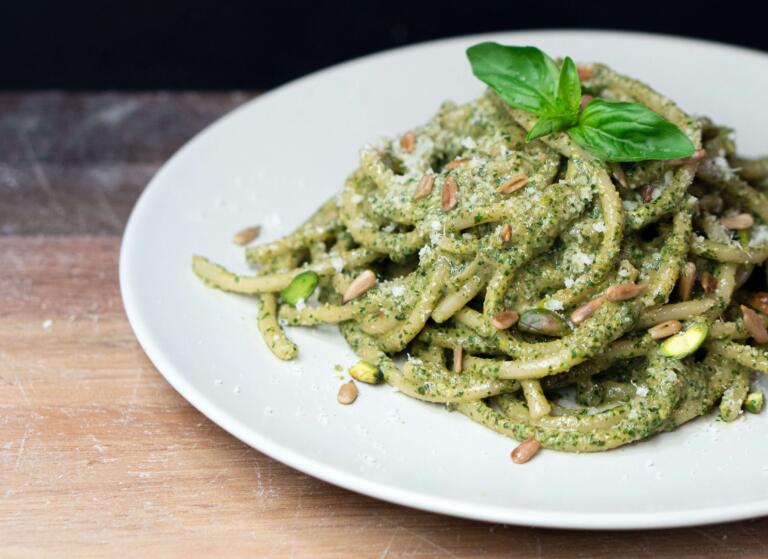Bread is considered a standard food that people have been consuming for thousands of years and constantly seems to evolve. No exact origin can determine with infallible accuracy where it was first created. Archaeological evidence discovered shows how widespread it truly has been in the past, a precursor of its use today.
Meager beginnings
The fertile crescent is most likely a place where bread could have originated. Here is one of the places where agriculture developed. In many other places on the globe agriculture developed independently.
We may not think of it as much since we use it every day, but this staple food has a very rich history. Bread, as we know it now took many thousands of years to become as it is. In its infancy, it was very likely flat and crudely baked in the sun, or let out to dry.
Ancient bread crumbs
Grinding stones found at various archaeological sites on multiple continents attest to the existence of processed grains. Wild grains, in the beginning, were used to be shaped into edible easy to chew bread or even gruel.
Burnt crumbs of flatbread made by Natufians have been uncovered in Jordan, which investigation suggests was made from wild wheat, roots and wild barley, dating back over 14 000 years. Jordan lies in the area known as the fertile crescent.
The beginning of agriculture
Everything inevitably changed when the precious wheat grain had been domesticated. Control over food, in the form of grain crops, helped build cities and properly enter an agricultural age. Bread contributed massively to human evolution and growth, especially since ancient peoples moved from hunter-gatherer lifestyles to more settled ones.
Ancient Egypt depicted bread making in artistic form carved on structures. Tools used in baking and even actual food were found in tombs. Ancient Mesopotamia as well as settlements on the Indus Valley brought out archaeological evidence for it.
Ancient Egypt
Milling technology processed wheat into finer grains that produced whiter bread, rendering it even more valuable. Rising bread made for tastier results and Egyptians began to look into what caused it to do so. In their attempt, they wanted to produce the yeast that made it rise and used it again for the next batch. They also discovered sourdough as they used old batter from the previous day to great baking results.
Yeast naturally leads to brewing and beer. The Egyptians did not lack imagination in their baking, as they shaped the bread into various shapes like animals or human-like features, and they flavoured it with dates or coriander seeds.
Ancient Greece
Bread spread out to other cultures and civilizations. Each culture developed it into many shapes, sizes and tastes. Ancient Greece and Ancient Egypt had a close relationship, them being on opposite ends of the Mediterranean. This closeness favoured trade as flour and bread were on the list of things they exchanged.
Greeks are credited with coming up with the idea of a free-standing oven which they could pre-heat before putting the dough inside and close it with a door, to optimise the heat. An ancient Greek breakfast meal was bread dipped in pure whine called akraton, which gave the whole meal the name akratisma.
Of course, Demeter, the goddess of agriculture was regaled with bread offerings at her temple, giving thanks for the wondrous bread Greeks enjoyed.
Cities of Ancient Greece did not quite get along with one another all that much, they had many things to argue about. Athens with its orderly democratic rule, Sparta with its warriors and aggressive approach to everything, did not appreciate diplomacy all that much. Bread was no exception to Greek frictions, as every city boasted to have the best bread.
Ancient Rome
Rome came into the fold and “imported” a slew of Greek cultural aspects in the form of governing systems, gods, and of course, bread. Ancient Romans took bread-making to a new level and establishing a guild for bakers. They wanted the best and so made a place for the best bakers.
Not every roman citizen could afford the best bread though, and there have been findings of poorer quality loaves with rotten cereals or vegetables in them, mainly in the countryside of Ancient Rome. There were intentions of improving it’s flavour so oil, milk, honey and fruit were added, in what may be distinguished as an early form of the modern panettone. Roman bread in ancient times looked very similar to our modern-day bread. Multiple depictions of it was found on storefronts and even from a carbonized loaf found in Pompeii.
Having a predictable supply of wheat, which had been domesticated, meant that more people could settle into one place and concern themselves with other matters. Irrigation systems were developed. New weapons and tools from newly discovered ores came into good use. Art and writing were invented. We could very well assume that bread helped shape the civilized world we know today.



Leave a Comment